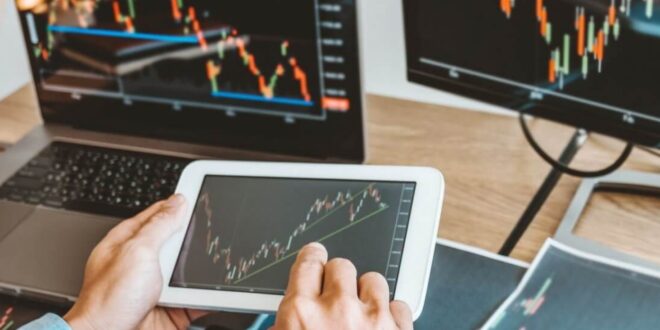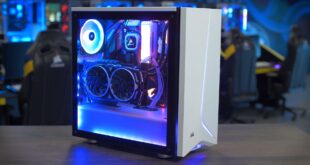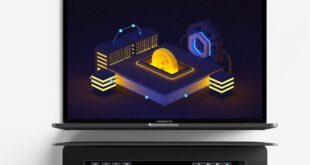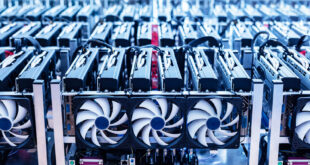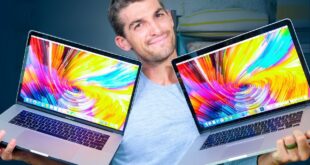Stock market expertise and the appropriate hardware are needed for order routing from the top stock trading software solutions for buying and selling equities. Investors place a premium on large screens and strike the right balance between using their laptops for personal tasks and day-to-day stock trading activities. Even a fraction of a second can make a significant difference in trading.
Investing in quality equipment is one of the most crucial things you will ever do in your trading career. However, gadgets are expensive, and it cannot be easy to know where to begin. In this article, we’ll examine the possibilities you ought to be thinking about and show you how to determine which gadget would best help you achieve your objectives.
What Is A Trading Computer?
A stock trading computer is an advanced, blazing-fast computer built specifically for traders. Day trading computers need to be strong and trustworthy. You must take this into account if you want to be successful in the trade sector. Even though trading on a smartphone or tablet may be a possible, more seasoned day, traders prefer quick PCs with several monitors.
It’s best to start modest (or to make do with what you have) and move up over time. Instead of buying a new computer, you may, for instance, improve some of its components.
Check here the best computers for trading.
Choosing a Trading Computer: What to Look for
-
Processor
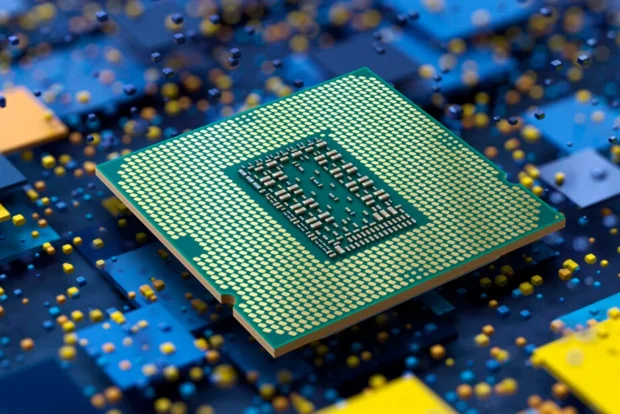
The processor, often known as the CPU (central processing unit), serves as the computer system’s “brain.” Multicore computers have been increasingly popular in recent years as single-core processors have quickly surpassed their physical limits in complexity and speed. In terms of multitasking, gaming, and audio/video editing, multicore processing systems are incredibly fast. It is impossible to compare processors based on speed because certain processors are more effective than others and can carry out more operations at the same pace (GHz).
-
Hard Drive
All of your data and programs are stored on the hard disc of your computer. Get a computer with a solid-state drive as much as possible because storage is becoming more affordable these days (SSD). Compared to the previous HDDs, sometimes referred to as “spin drives,” SSDs are far faster and more effective.
Hybrid drives are also available that combine SSD and HDD components. When setting up your computer for day trading, stick with an SSD because it is the fastest. An SSD, for instance, typically needs 10 seconds to load a computer. 500GB of SSD space should be more than plenty, especially if you only use the computer for trading and not the family’s main computer.
-
RAM
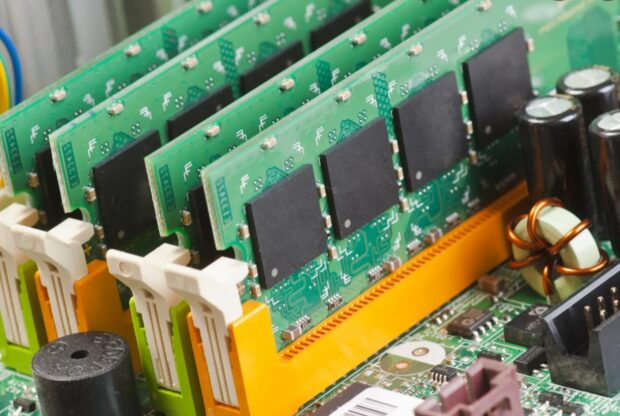
The computer component that makes it possible to execute numerous applications more effectively is called random access memory, or RAM. RAM is a computer’s short-term memory, whereas the hard drive serves as the latter.
As a trader, you’ll be attempting to multitask by running several different programs and calculations at once on your computer. The more apps you use, the more RAM you’ll need to prevent requests from being backed up while you work.
-
Graphic Card
Let’s disprove the notion that graphics cards are only used by gamers and content creators. This isn’t entirely true. Additionally, a good day trading PC needs powerful graphics cards. It’s possible that you’ll use several monitors simultaneously for day trading. As time goes on, you’ll discover that keeping track of numerous stocks simultaneously requires extra screens. A graphics card should have at least 2GB of RAM. Your trading computer setup’s number of screens and graphics cards are inversely proportionate. On the other hand, trading PCs require graphics cards with at least 2GB of GPU.
Running NinjaTrader with multiple charts, custom indicators, and DOM setups can strain typical desktop systems—especially during periods of high market activity. Performance issues like delayed rendering or input lag can affect decision-making in fast-moving markets. To address this, many traders use trading computers for NinjaTrader users that are built specifically for low-latency, multi-monitor, and high-frequency workflows. These setups are optimized for responsiveness and stability under pressure, helping active traders keep up with market speed.
-
Monitors
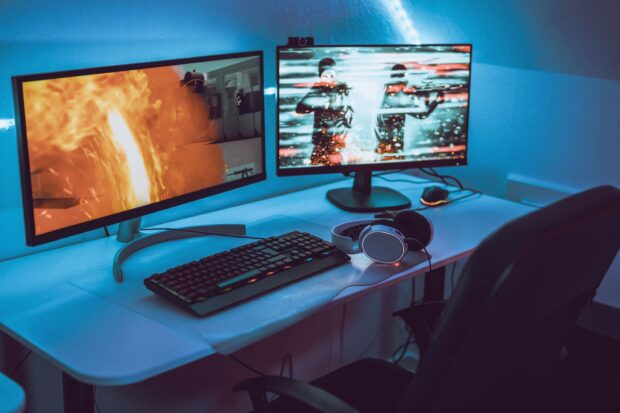
It is suggested to begin by using two monitors. With the right video card choice, adding more monitors will be simpler without having to change the hardware in your trading computers.
There is no particular need for a trading monitor. The value of the money should be reasonable. Spend no less than $500 on your trading monitor setup, plus an additional $100 in case you need a display mount to hang your monitor on the wall. Choose numerous monitors that are at least 24′′ to 32′′ in size; there is no need to go bigger or add features like 4k resolution.
The screen resolution also significantly affects performance. More than two 1080P displays can be represented on a 4K screen. This relies on your vision and the amount of available area. Investing in an ultra-high definition screen is not worthwhile if you have to strain your eyes to read quotes. Remember that 4K offers more pixels, giving you greater room on the screen to display more graphs and programs. To optimize physical space with screen space without needing to zoom in, 4K is preferable for larger display sizes.
-
Operating System
Since most trading software can only be used with Windows, Windows is the ideal operating system for day trading. There are workarounds available if Mac is still your preferred operating system, such as running Boot Camp on Macs with Intel processors. Using Parallels to simulate a virtual TPM chip, Windows 11 may be installed on MAC computers. In a nutshell, running trading and charting software is made simple by Windows PCs.
Is Trading Computer Expensive?
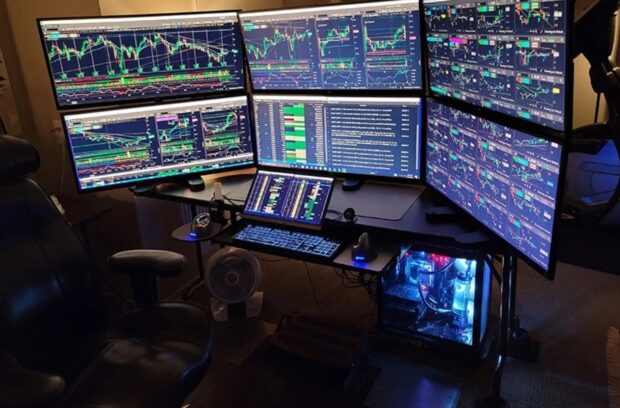
To begin with, you can use basic household items rather than purchasing anything, especially for selling. You can upgrade to more expensive equipment if you believe the necessities are insufficient.
Don’t, however, go over your budget when purchasing equipment. Do not invest a significant portion of your net worth on a device, similar to the advice given for PCs. Select the choice that puts you the safest.
Do your best to stay under $1500 for a laptop or phone and $1800 for a desktop computer. Remember that you can purchase used equipment as long as they are no older than five years.
Conclusion
Since a trading computer is a tool, it should, at the absolute least, keep up with you. Your strategy’s better execution is the key objective of a trading computer. Upgrades to the performance, trading platforms, and a number of monitors are possible over time as you gain expertise and maturity.
 Comeau Computing Tech Magazine 2024
Comeau Computing Tech Magazine 2024
